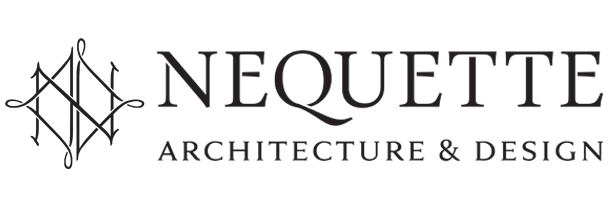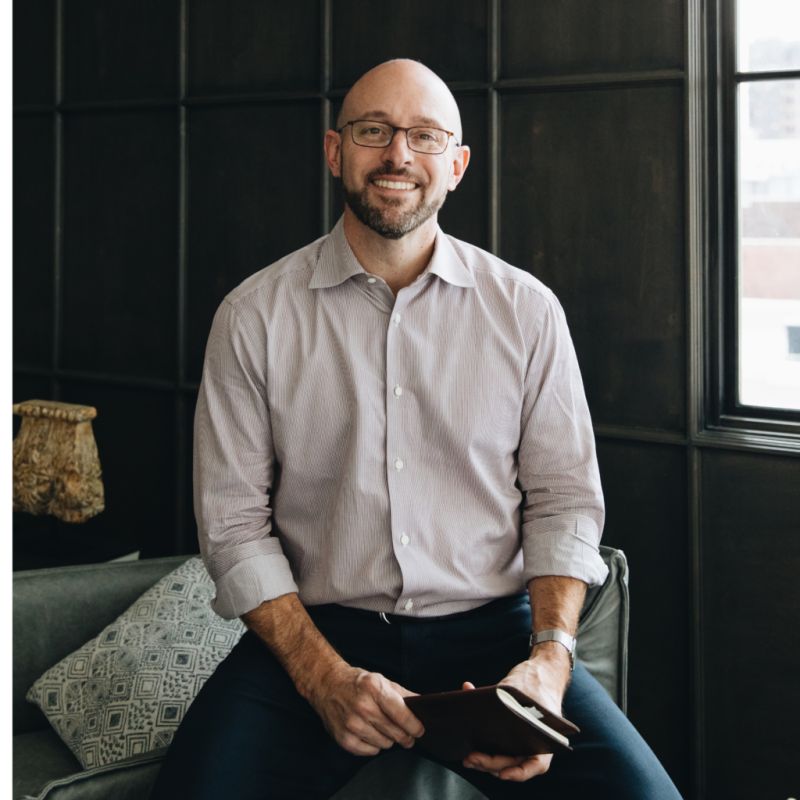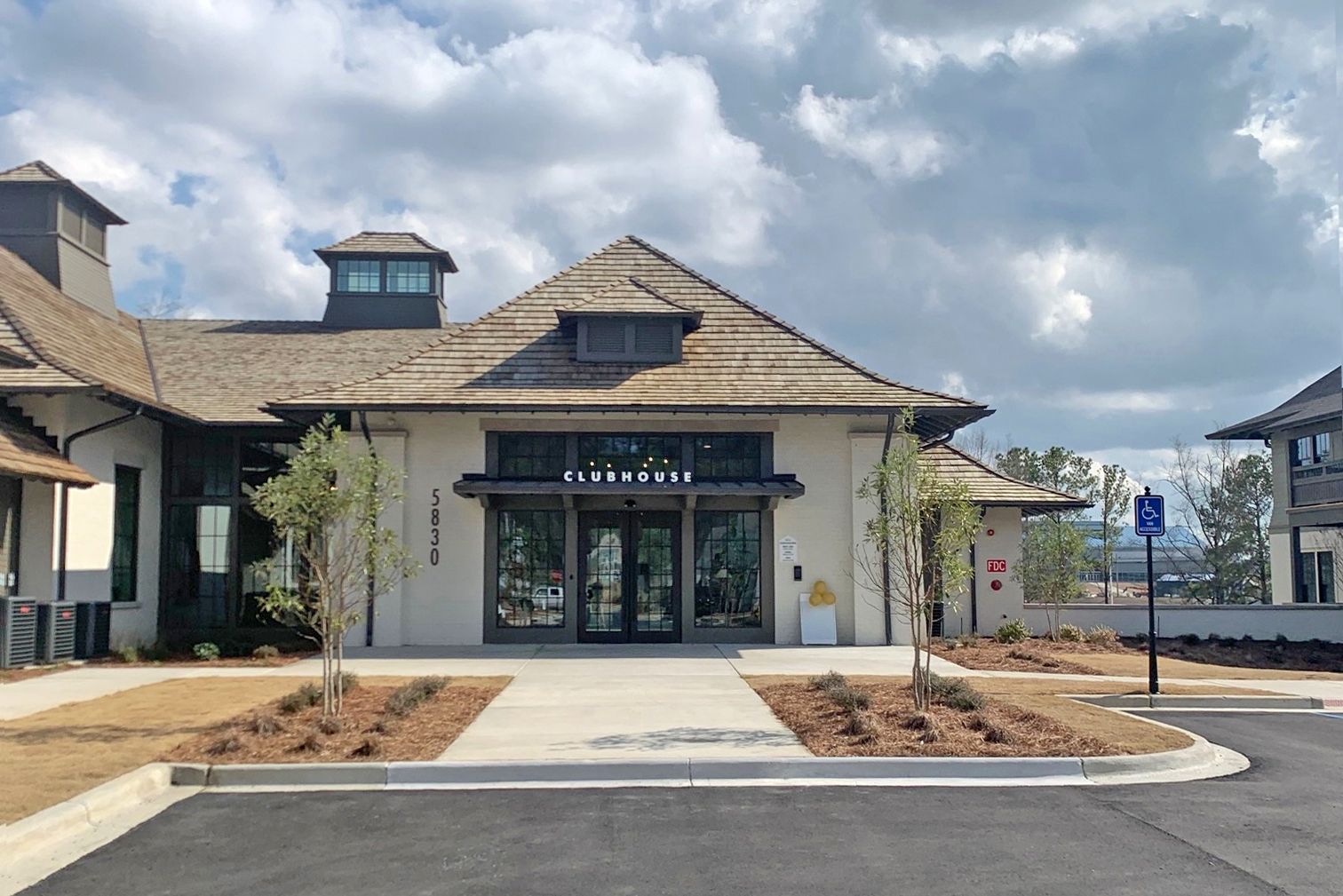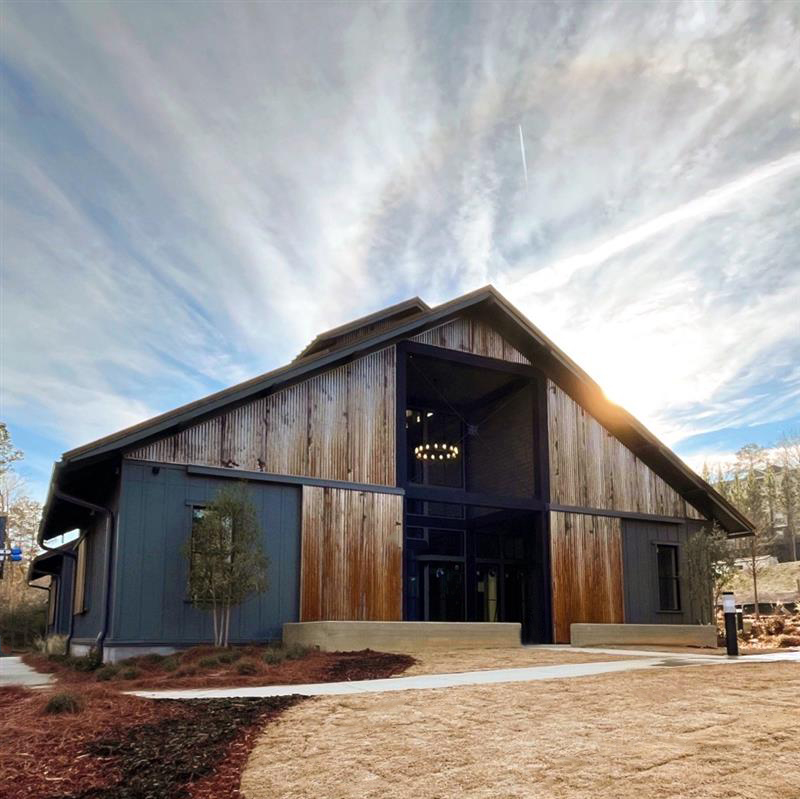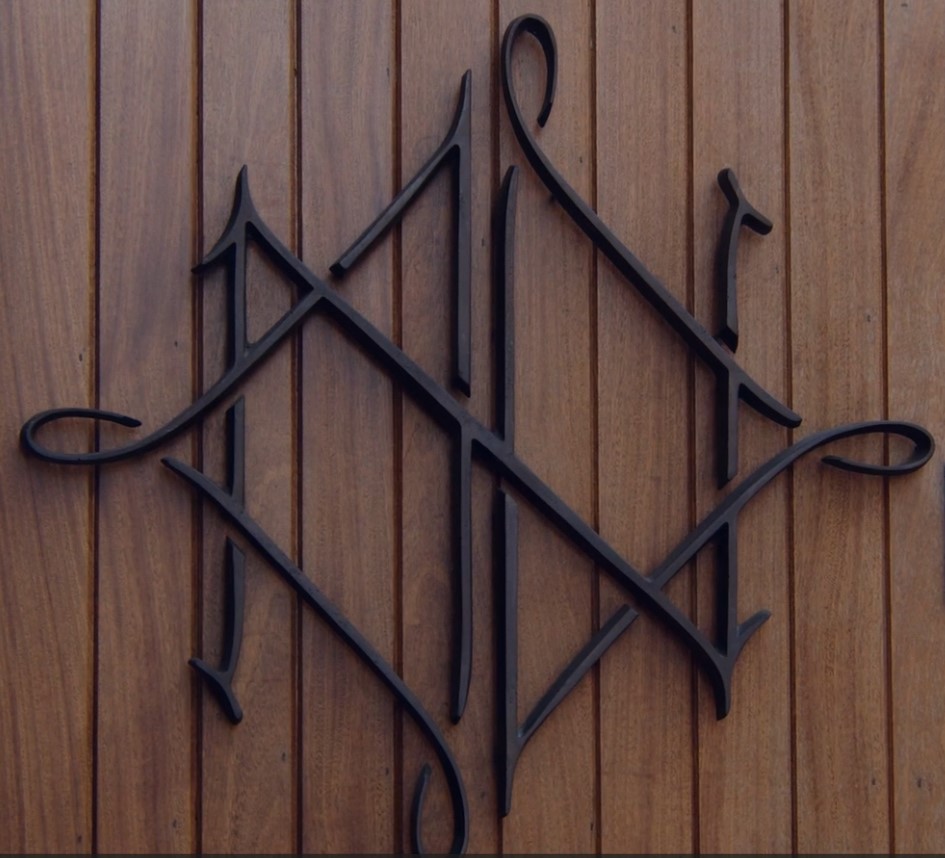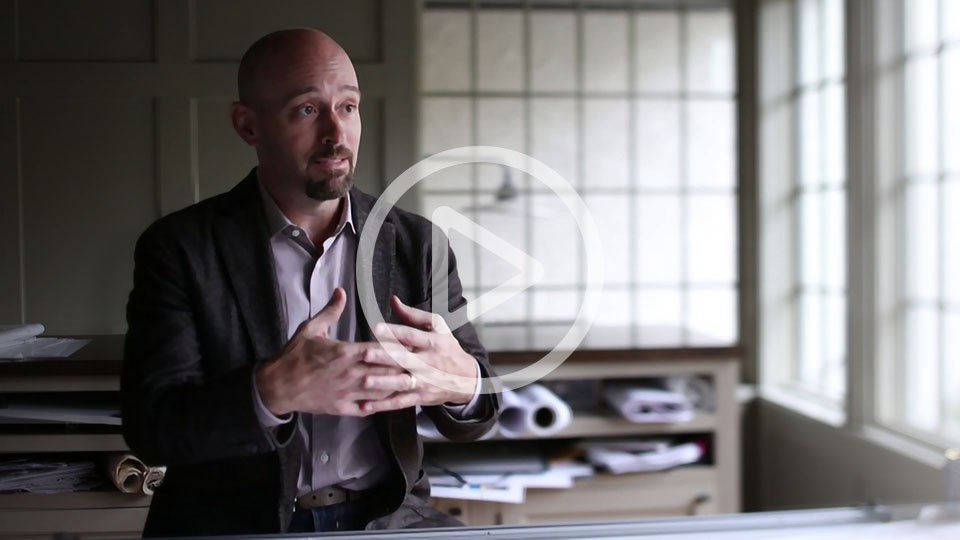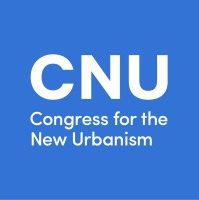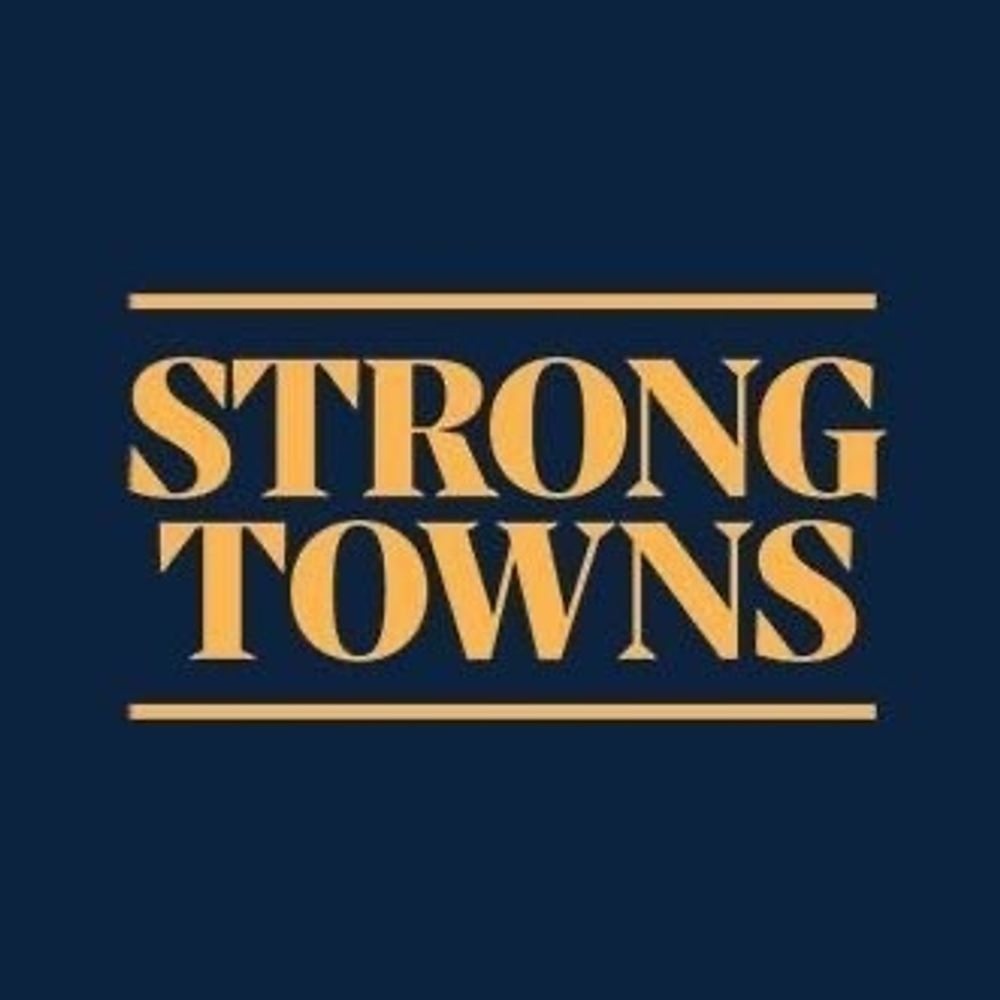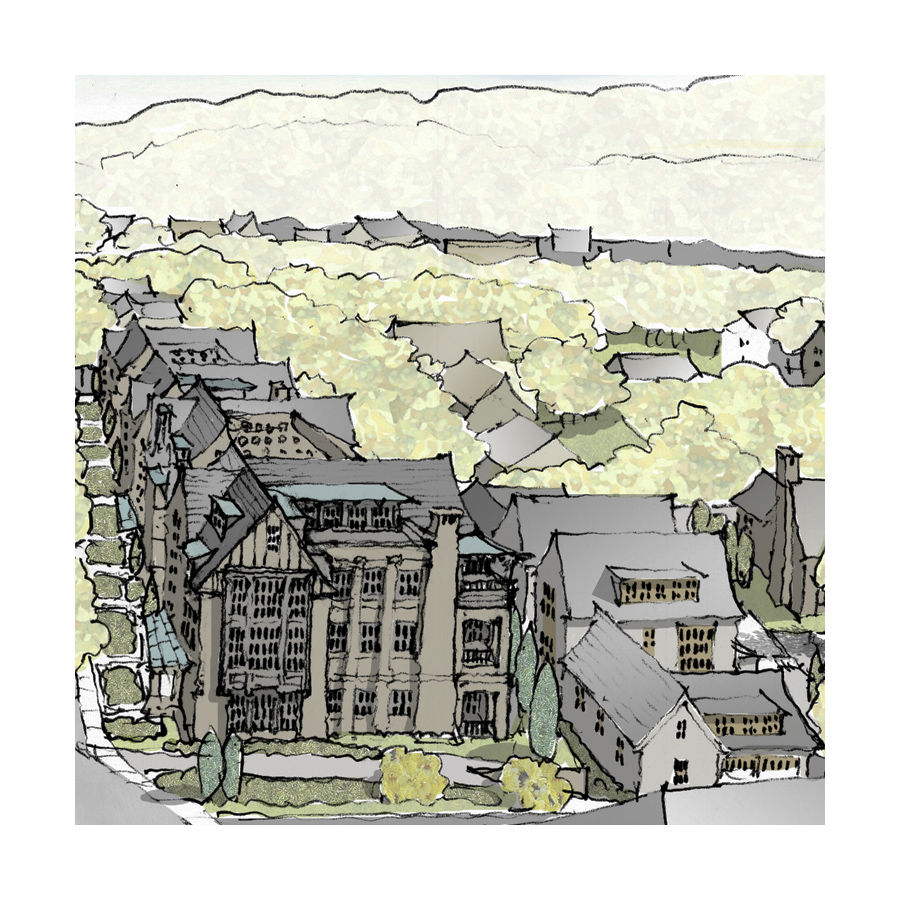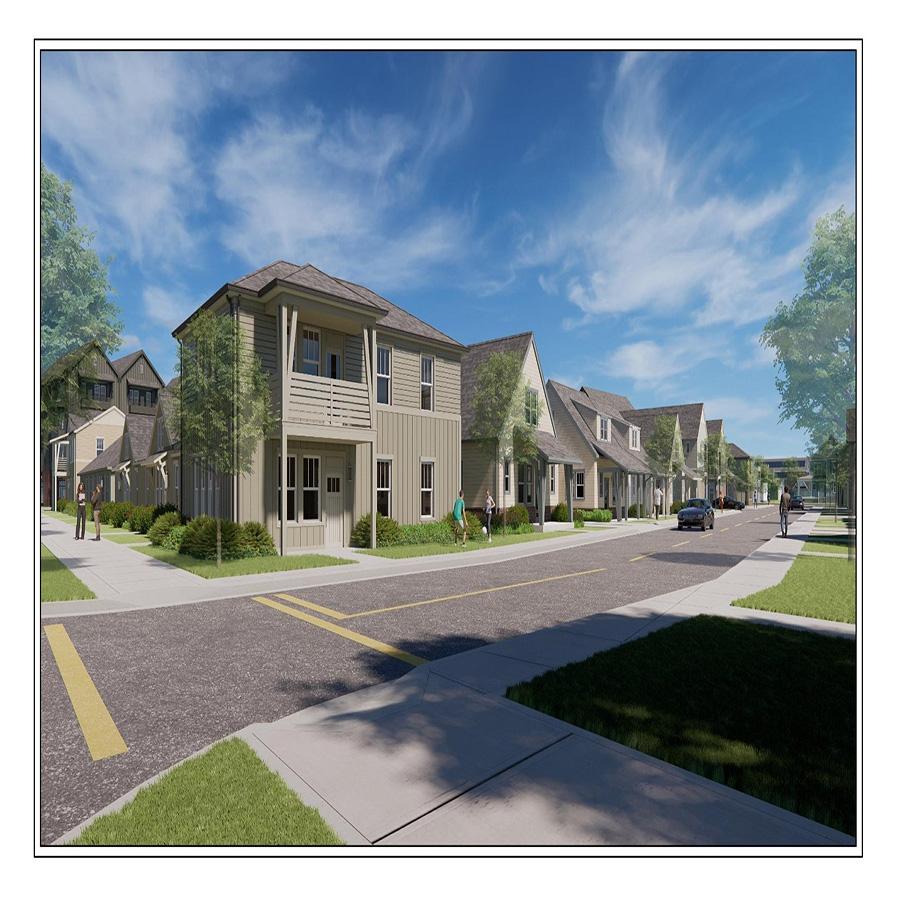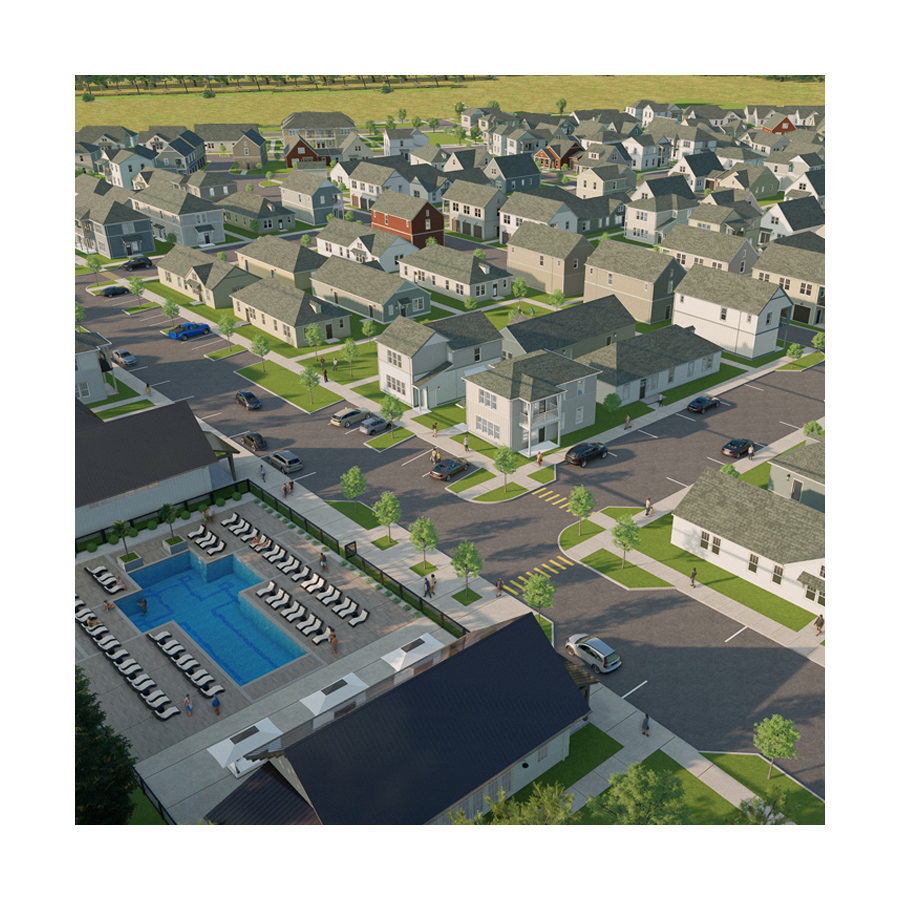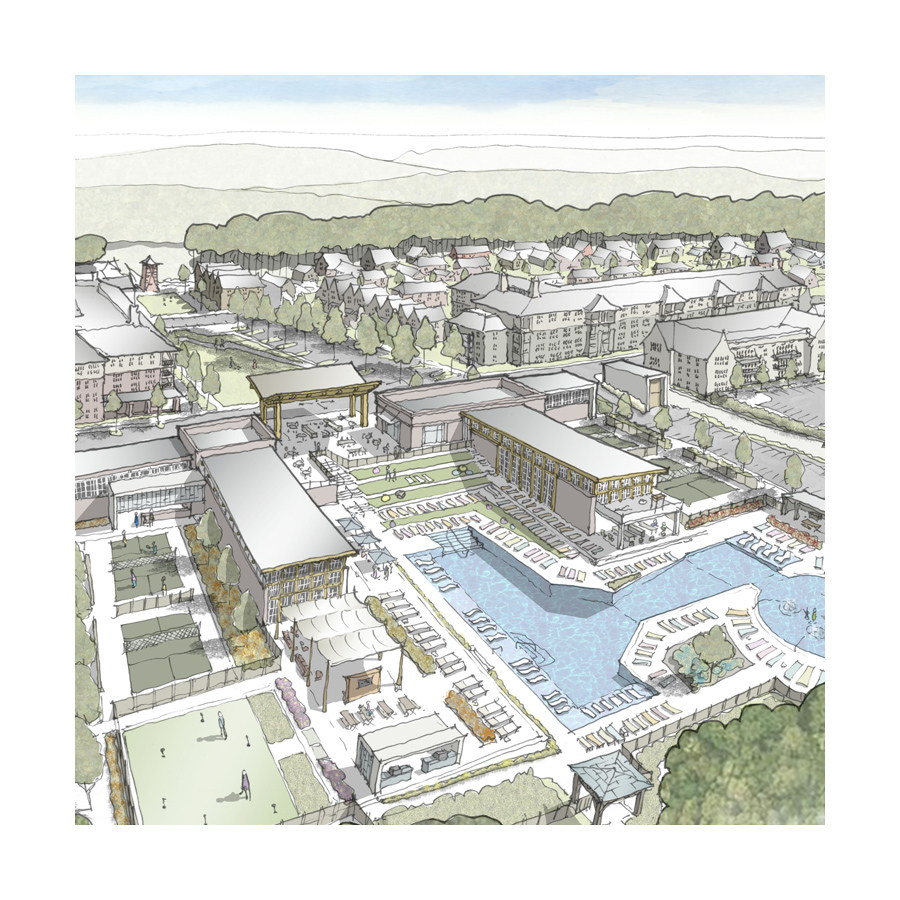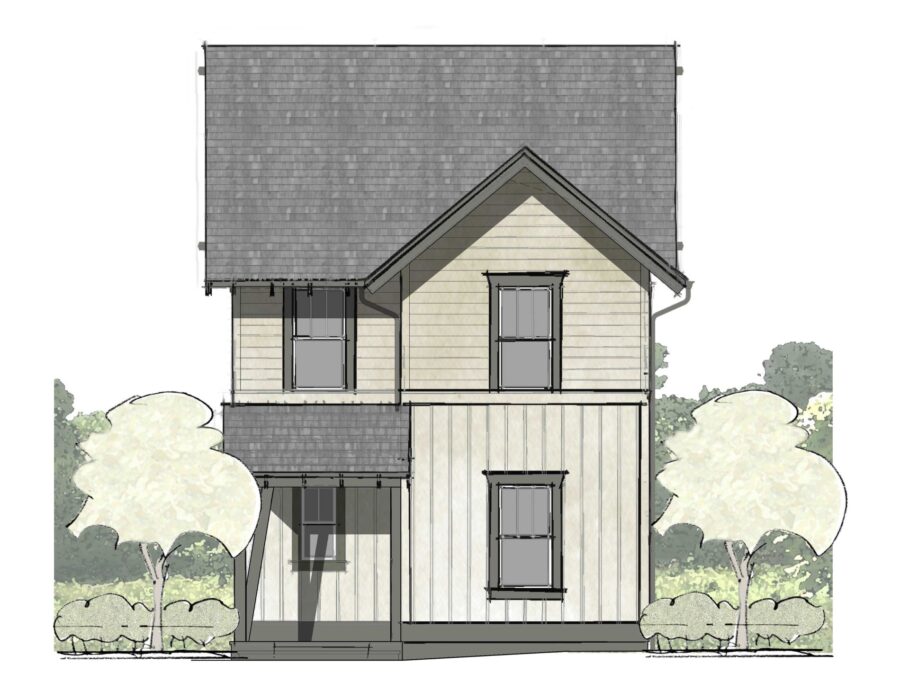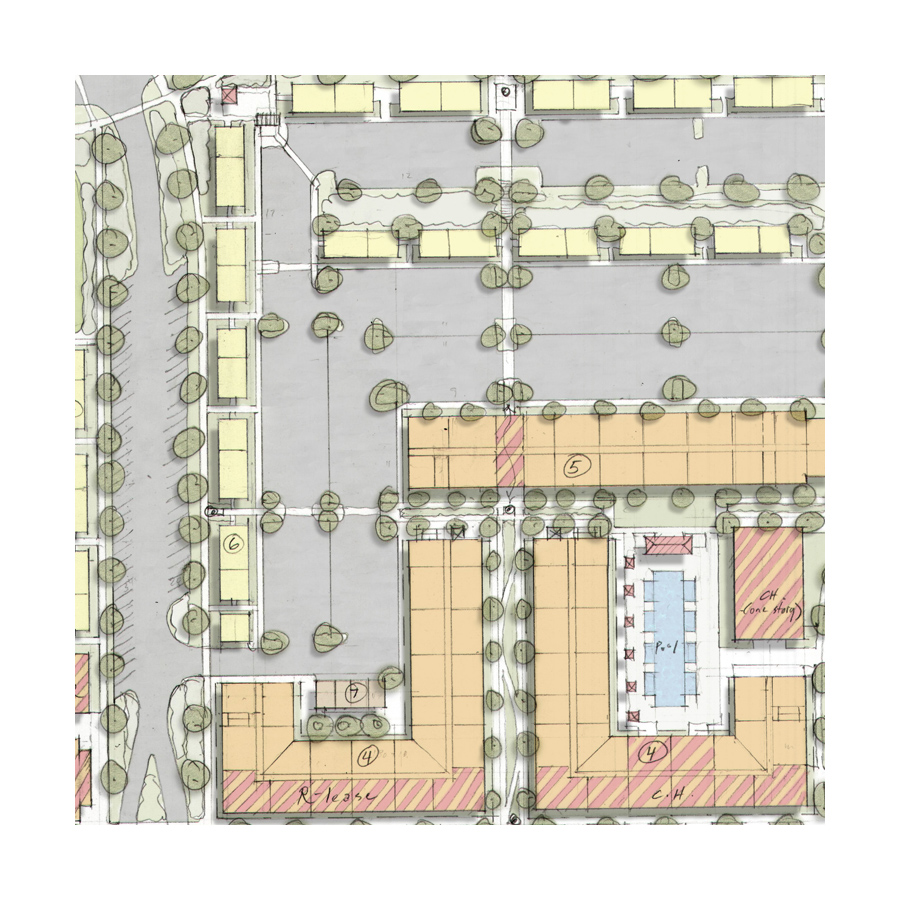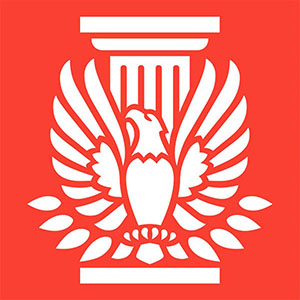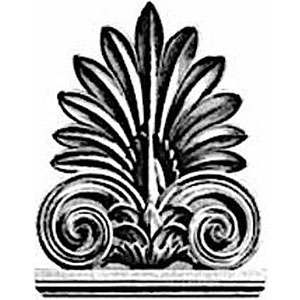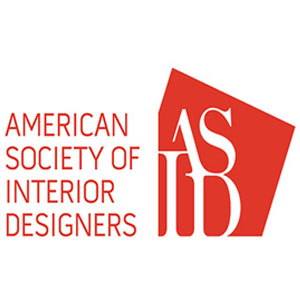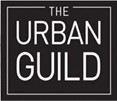For Louis Nequette, the real strength of architecture is not necessarily the buildings. It is instead the space around the buildings, the community nurtured by planning and beauty.
“What the ingredients of architecture really do is make community. I have become more and more involved in community planning. It’s the arrangement of the buildings and the space between the buildings that creates place,” Nequette says. The creation of place has fascinated Nequette ever since he was a kid growing up in Vestavia. “I was an introverted timid boy in high school. I found that art was the conduit for my confidence, and it allowed me to come out of my shell and be accepted into a different circle socially,” Nequette says. “It got me out of my shell, but the art wasn’t fulfilling enough just as art. It was my dad who suggested that I look into architecture. He always wanted to be an architect or an engineer.
It’s all about community building. Architecture is nothing but an opportunity to bring people together. It can segregate or create community. | don’t know how much people realize how much community planning has an effect on political life.
“I did a little research into architecture, visited a firm, and I signed up for Auburn and started in the architecture program down there. It was a wonderful five-year experience.” he says. Nequette’s interests have always been diverse. Passionate about design, he developed a sense of engineering as well and a nose for business. He was a volunteer firefighter at Auburn and also here in the Birmingham area (and that experience would lead to one of his first big jobs when he opened a firm with former partner Jeff Dungan).
His first job after college was with the large commercial firm Gresham, Smith and Partners. “I had a few absolutely wonderful mentors, Robert Murphy, Jim Griffo, and Kevin Millen. I realize as a first-year intern how much they pushed me off into the deep end. I learned more in a short amount of time than I ever would have anywhere else.”
“What I was missing was the artistic connection of building design for the sake of doing beautiful buildings. I was just inspired by a handful of buildings that I saw here. I had a phone call from Garrison Barrett group and I realized those buildings were done by that firm, It was smaller scale, a little bit of commercial, a little bit of residential work.” His future partner Jeff Dungan was working there as well. The two hit it off and decided to venture out on their own and open a firm. “We started our own firm with the opportunity through my volunteer firefighting efforts to design two fire stations for Cahaba Valley, one at Mt. Laurel and one at the Narrows. Mt. Laurel was the introduction of new urbanism and Traditional Neighborhood Development planning in Birmingham, So we had a chance co do the very first commercial building in the town,” Nequette says.

Their timing was pretty perfect, catching the wave of the big run-up in residential real estate that later hit with a thud in 2007. But this was 1999 and times were good. “We grew like wildfire with a passion for the work, a passion for doing beautiful things. It was residential and commercial but the spotlight was always shining on the custom residential. Jeff has a big personality and he was happy to be the guy out front. I enjoyed the developer relationships that happened behind the scenes. I was feeding the need to create business relationships, which I liked doing,” Nequette says.
“We were a flat organization. It was less about the people and more about our desire to do beautiful things. You do a project then you do another and before you know it you’ve done 15 or 20 projects. And they mean a lot to me, but what sticks around in the end are the people, the clients, the employees. It was the client relationships that meant as much to me as to work,” he says.
Then the faucet was turned off in 2008. “The housing market crash totally changed our business. We went from an organization of 43 people down to about 10. We did our best to treat people right. We hope we did a good job. Then we hunkered down. “Through that we got to understand what gave us the most satisfaction, what made us tick.”
“Jeff found the single-family custom work. I found that while I enjoyed exploring that, it was as much or more about the relationships and the sustaining long term opportunity to make a better place for the people around me. And I saw that occurring much more in the community oriented work,” Nequette says. The work done at Smith Lake was all about community building, Nequette says. At Ross Bridge, the firm helped Signature Homes design the houses that surrounded the Village Center, as well as few of the commercial buildings.
“It was a lesson in how to make community and it was a simple as front porches. Today you say that to someone and they look at you like, of course. If you go back to the housing stock being created in the ‘90s, it was a series of hip roof garden homes with garages that face the street. You had to click the remote on the garage to make sure that it was your house because they all looked the same,” Nequette says. Traditional Neighborhood Development and New Urbanism changed all of that.
“It’s all about community building. Architecture is nothing but an opportunity to bring people together. It can segregate or create community. I don’t know how much people realize how much community planning has an effect on political life. Post World War II planning, Nequette says, obliterated earlier planners that had designed master planned communities based on their beauty. After the war the engineers emerged triumphant and zoning ordinances went from mixed-use to segregated zoning.
“You had to get in the car to go anywhere, It segregated us and kept us from understanding different types of people. Now we have a great opportunity through community planning to create chances for diverse people to get to know one another, and not wallow in stereotypes and restrict themselves. Until we know someone in a different situation we don’t have empathy for that situation so community can become a big-time driver in creating that.” Birmingham, Nequette says, is a great living example of how zoning over time has influenced so many things. The return of suburban flight back to in-town neighborhoods, the importance of walk-ability, mixed-use zoning, all bode well for the future of community, Nequette says.
